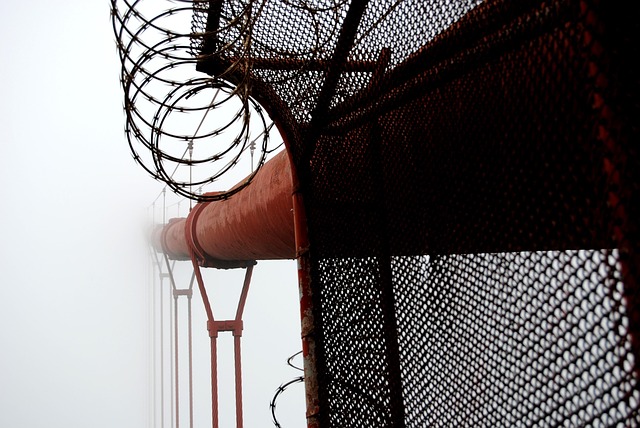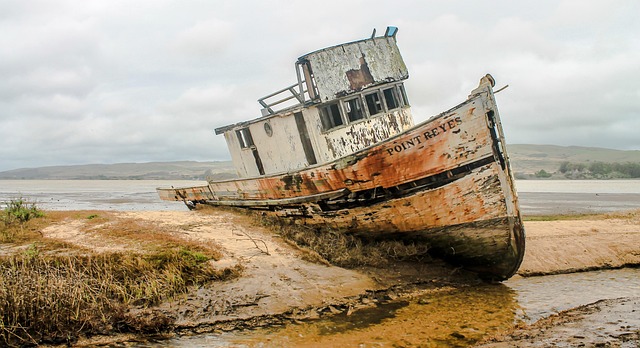Selling a fire-damaged house in California requires strict adherence to property disclosure laws. Sellers must accurately disclose structural damage, ongoing repairs, and restoration efforts on a standardized form, including details about fire history, cause, affected areas, and remaining concerns. Failure to disclose could result in legal consequences. Buyers are advised to review this information meticulously before making an offer, as it impacts decisions regarding renovation, rebuilding, or relocation. This transparency ensures fairness and informs both parties throughout the transaction process.
When considering selling a fire-damaged house in California, understanding property disclosure requirements is crucial. This comprehensive guide navigates the legal obligations and key considerations for both sellers and buyers. We delve into what constitutes fire damage, essential disclosure documents, and the potential impacts of non-disclosure on sales transactions. By exploring these aspects, homeowners can ensure a transparent and legally sound process when selling a fire-damaged property in California.
- Understanding Property Disclosure Requirements in California
- What Constitutes a Fire-Damaged Property?
- Legal Obligations of Sellers in California
- Disclosure Documents and Forms for Fire Damage
- The Impact of Non-Disclosure on Sales Transactions
Understanding Property Disclosure Requirements in California

In California, selling a fire-damaged house comes with specific property disclosure requirements. The state has strict regulations in place to ensure transparency and protect potential buyers. When a property has sustained structural damage due to a fire, sellers are obligated to disclose this information accurately. This includes detailing the extent of the damage, any ongoing repairs, and the nature of the restoration efforts. Failure to do so may lead to legal repercussions.
Real estate agents and sellers must fill out a California Residential Property Disclosure Report, providing comprehensive details about the property’s condition. This document requires disclosures related to fire damage, as well as other potential issues like water damage, mold, or pest infestations. Buyers are encouraged to review this report thoroughly before making an offer on the property to ensure they’re aware of any potential challenges and associated costs for repairs.
What Constitutes a Fire-Damaged Property?

When it comes to selling a fire-damaged house in California, understanding what constitutes such property is essential for both buyers and sellers. Fire damage can range from minor charring to complete destruction, and each level of devastation requires transparent disclosure. A fire-damaged property can be defined as any real estate where the structure or its contents have been affected by a fire incident, leading to visible signs of damage or reduced structural integrity. This could include smoldering marks, burned insulation, melted flooring, or even blackened walls and ceilings.
In California, selling a house with fire damage involves specific legal considerations. Sellers are required to disclose any known issues related to fires, including the date, extent, and cause of the incident. Buyers have the right to inspect the property and may request documentation or evidence of repairs made after the fire. This transparency ensures that both parties are aware of potential challenges and can make informed decisions regarding the sale, whether it involves renovation, rebuilding, or a fresh start in a new home.
Legal Obligations of Sellers in California

In California, when a seller puts a property up for sale, they have strict legal obligations to disclose any known issues or damages, especially after a fire. The state has specific laws in place to ensure transparency and protect buyers from potential risks. If you’re considering selling a fire-damaged house in California, understanding these disclosure requirements is paramount.
Sellers must provide detailed information about any previous fires, the extent of damage, and the steps taken for repairs. This includes revealing the date and cause of the fire, the areas affected, and whether any structural integrity issues remain. Failure to disclose such information could lead to legal consequences and financial liabilities for the seller. Buyers in California have the right to know about these matters to make informed decisions and potentially negotiate terms or seek alternative options.
Disclosure Documents and Forms for Fire Damage

When selling a fire-damaged house in California, proper disclosure is paramount. Fire damage requires specific documentation and forms to ensure transparency between the buyer and seller. These disclosure documents detail the extent of the fire’s impact on the property, including structural integrity issues, contamination from smoke or water used during firefighting, and any necessary repairs or renovations.
In California, there are standardized forms for disclosing fire damage, which must be completed accurately and thoroughly. Sellers are legally obligated to disclose known material defects, including those resulting from fires. Failure to do so can lead to legal repercussions and financial consequences. Therefore, it’s crucial for homeowners facing a sale after a fire to understand these disclosure requirements to avoid potential pitfalls during the sell fire-damaged house California process.
The Impact of Non-Disclosure on Sales Transactions

When selling a fire-damaged house in California, property disclosure is paramount to ensure transparency and fairness throughout the sales transaction. Sellers are legally obligated to disclose any known material defects or damage, including those stemming from fires. Failure to do so can have significant consequences, impacting both the buyer’s decision-making process and the integrity of the real estate market.
Non-disclosure can lead to legal disputes, with buyers potentially asserting claims for misrepresentation or fraud. In California, sellers must provide accurate and comprehensive information about any previous fire damage, its extent, and the steps taken for repair or remediation. This transparency enables buyers to make informed decisions, negotiate prices, or choose alternative courses of action, such as repairs or insurance claims. Selling a fire-damaged property without proper disclosure can create a complex web of legal issues, complicating what should be a straightforward sales process.
When selling a fire-damaged house in California, adhering to strict property disclosure requirements is crucial. Understanding what constitutes fire damage and the legal obligations of sellers ensures transparency and protects both parties involved. Proper documentation and disclosure forms can mitigate potential issues and prevent non-disclosure from impacting sales transactions negatively. By being comprehensive and honest, sellers can facilitate a smooth process for selling fire-damaged properties in California.






